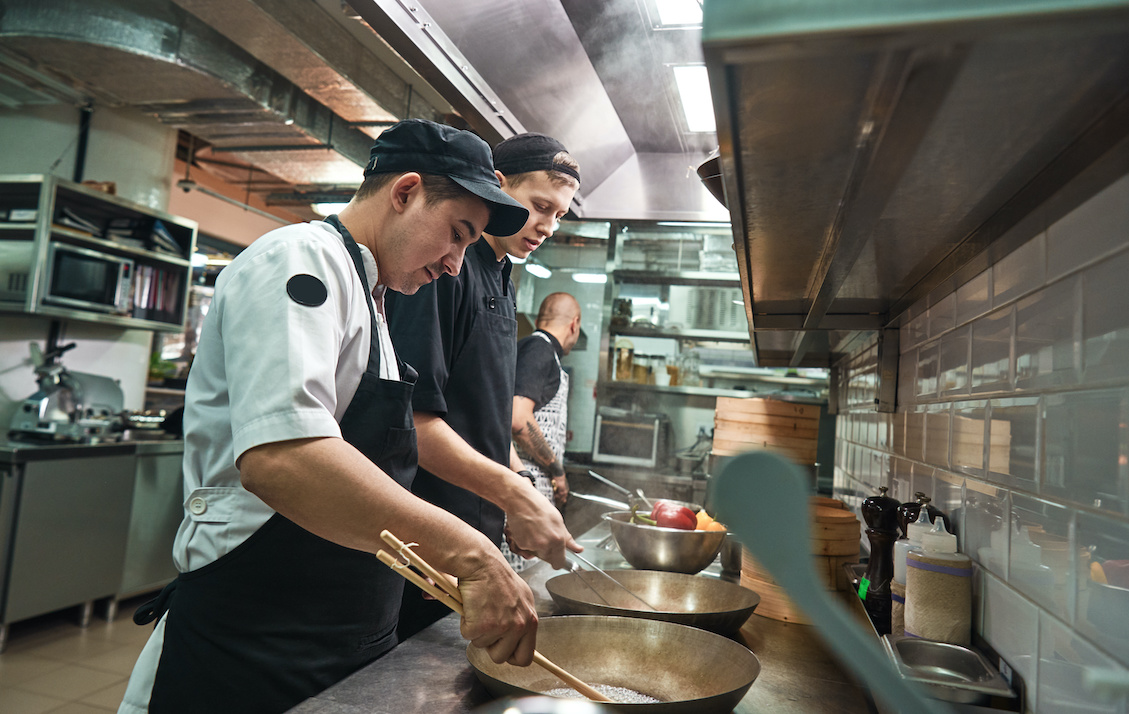Call Sales: +1 (833) 437-3835
Call Sales: +1 (833) 437-3835
Revel | May 1, 2019 |

The first installment in a three-part scheduling series, this article explores the pitfalls of incorrectly scheduling staff. Use the following tips to avoid scheduling slip-ups and keep your business thriving at maximum efficiency.
Owning a restaurant is an extremely difficult feat. Most of the time, the difference between success and failure is razor thin. From training and supervising employees to managing a budget, to ensuring your equipment and supplies are operating as needed, being the owner & operator of a restaurant forces you to wear many hats. When dealing with a small margin of error, any amount of inefficiency can be the downfall of your business. One of the most common mismanaged costs for a restaurant is labor—the number of employees you have staffed per shift is extremely vital. Here are a couple of tips to help guide you out of your scheduling woes:
Maintaining a staff ranking based on each employee’s particular set of skills will help you see clearly how many hands you have on deck, and where and when you can use them most effectively. Placing staff where they’ll perform optimally is crucial to your business performance. Also, if you’ve evaluated staff skills, it will allow you to allocate time and spend on training.
Ineffective scheduling will unnecessarily increase your spend, plain and simple. Over-scheduling (over-staffing for a certain shift) will result in inflated labor cost, not to mention a despondent staff. Understandably, staffing to increase your speed of service is appealing. If you staff too many people for the job, though, you’ll be hemorrhaging money and your staff’s tips will be minuscule at the end of the shift.
What happens if you under-staff a shift?
Each of these factors can ultimately cause guests to leave feeling underwhelmed with their experience, or just flat-out disappointed. Next thing you know, you’re losing tables to your competition across the street because wait times are increasing. When you under-staff, there aren’t enough hands to get food out of the kitchen, and patrons will start returning cold or incorrect orders. That brings your per-person average down and your food costs are up.
Maintaining a proper schedule is fine art. Craft yours to avoid scheduling slip-ups. A well-managed schedule will cut your spending so you can continue to increase your profit margin, and right along with it, your business.